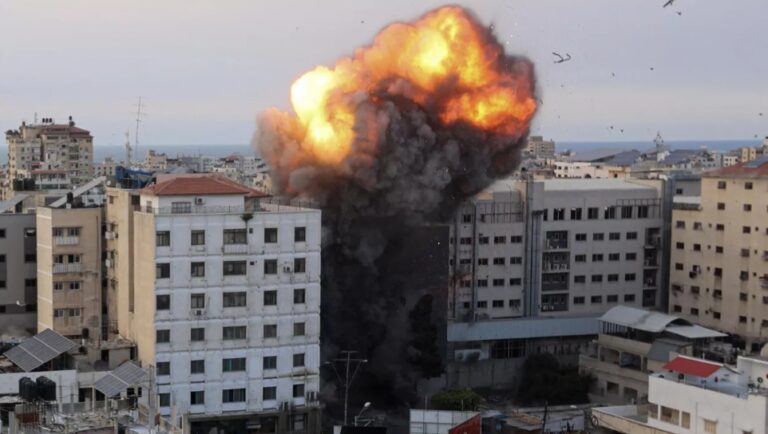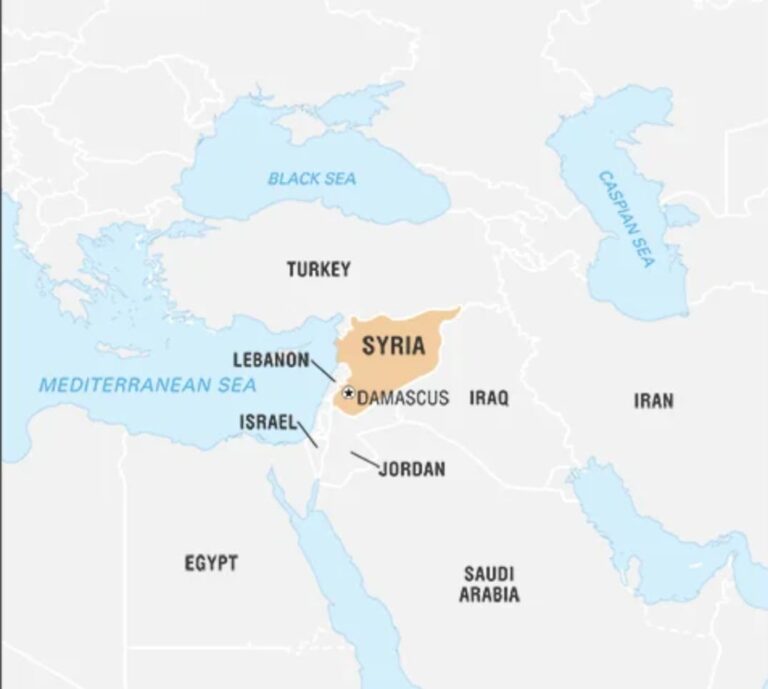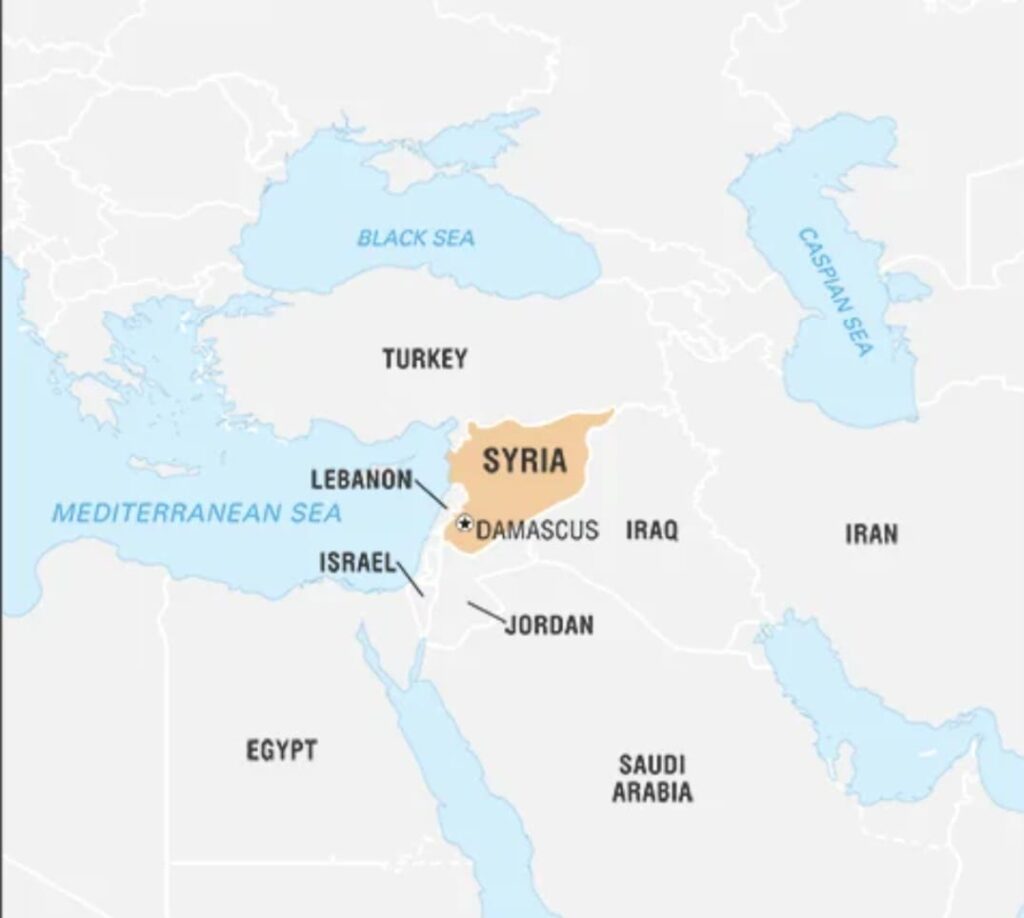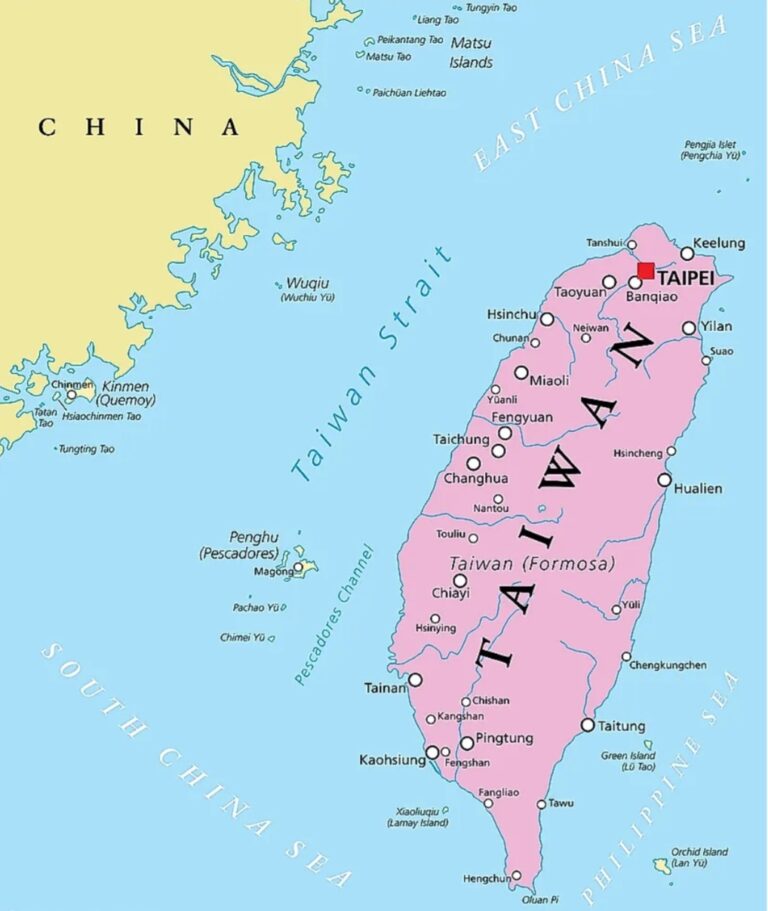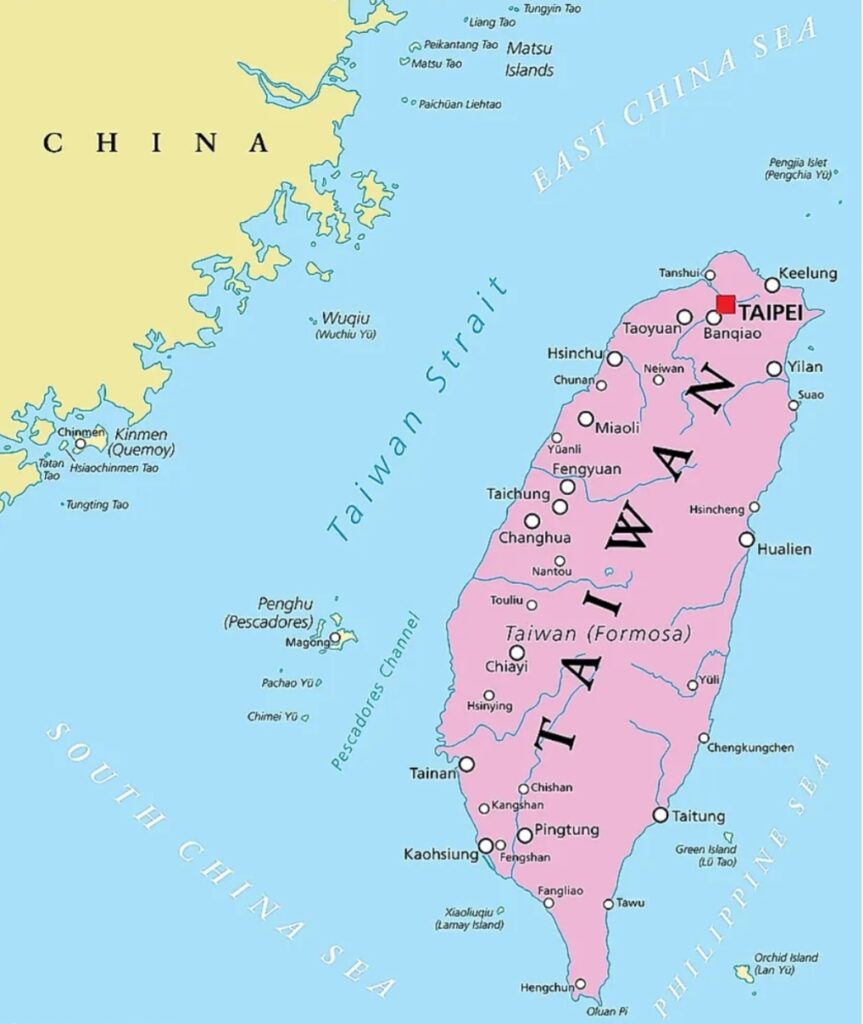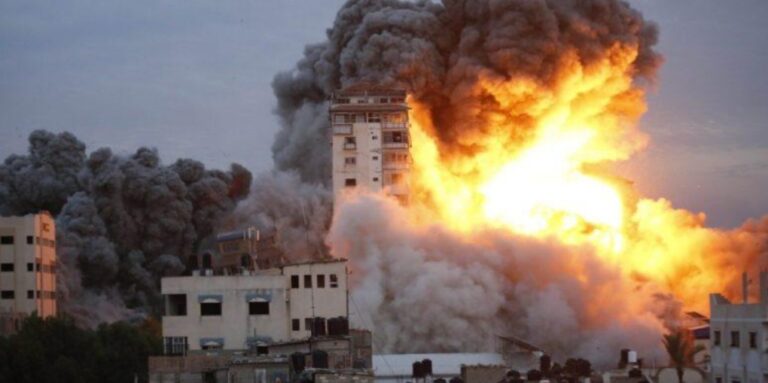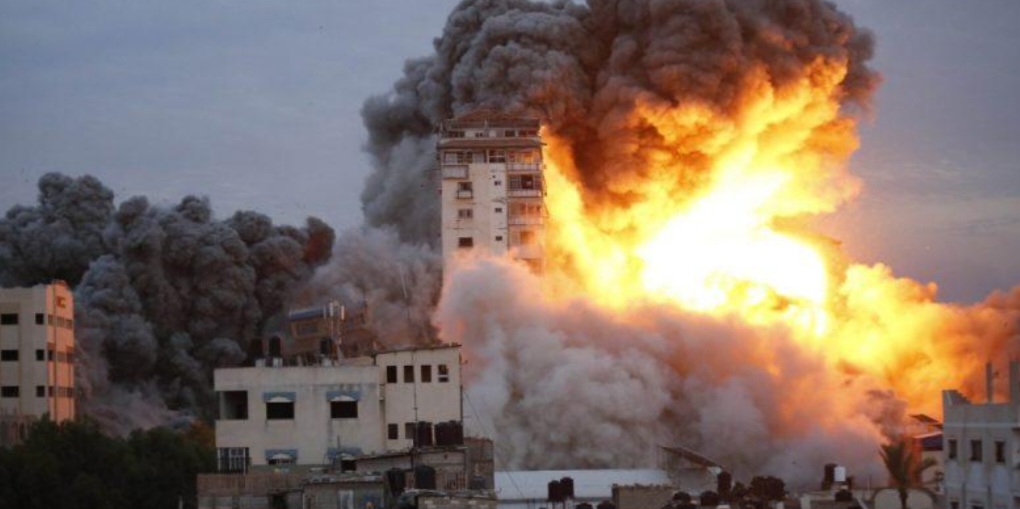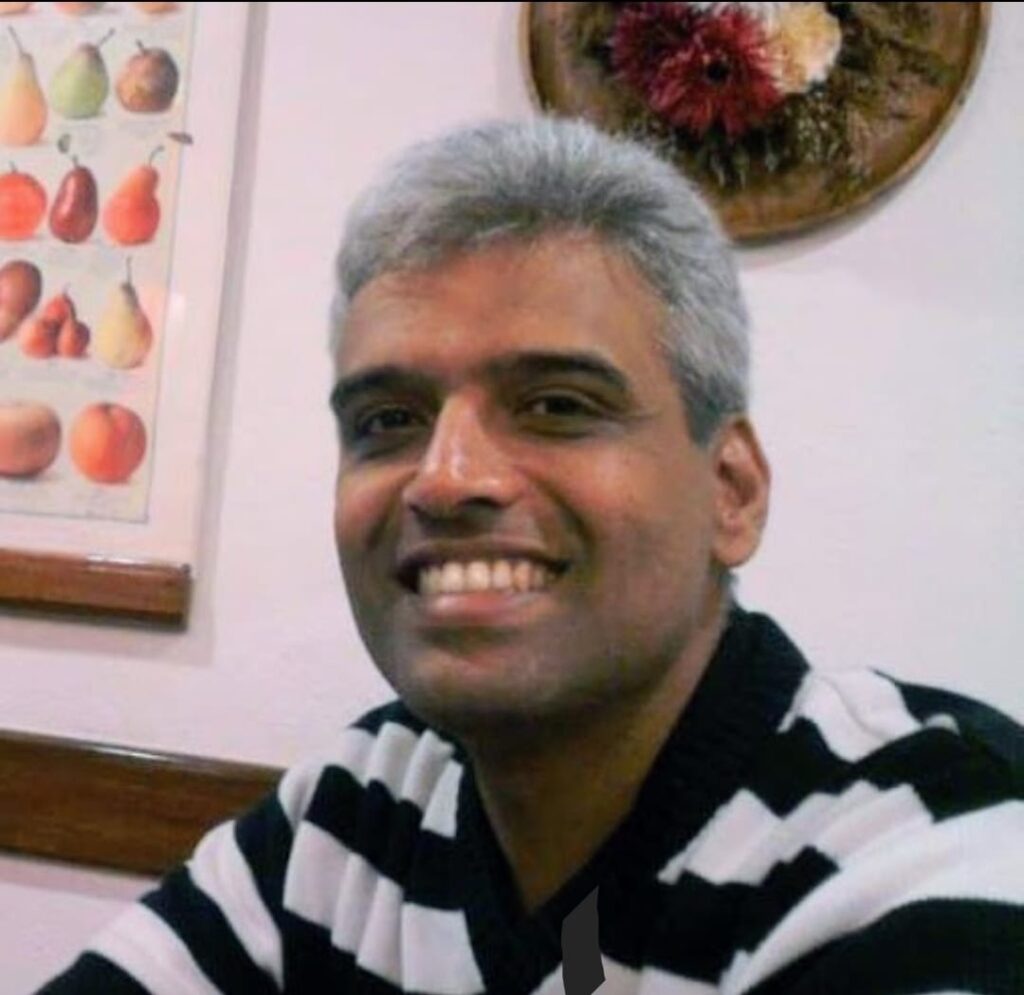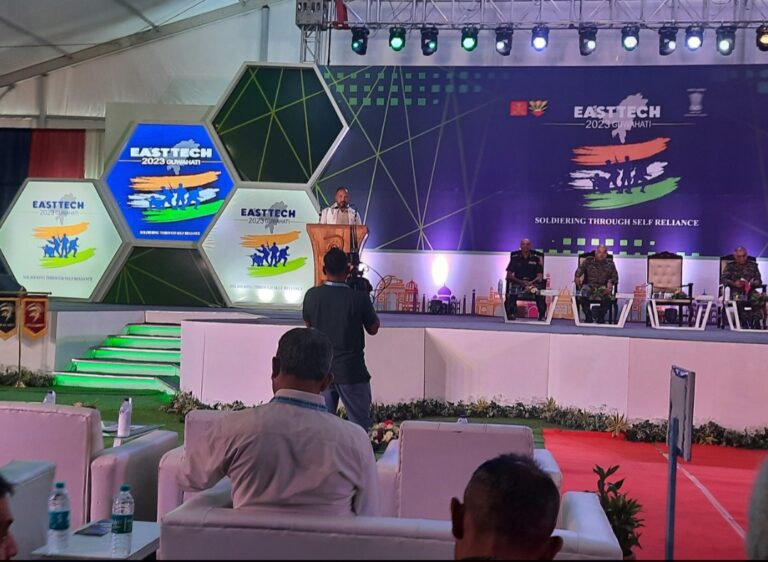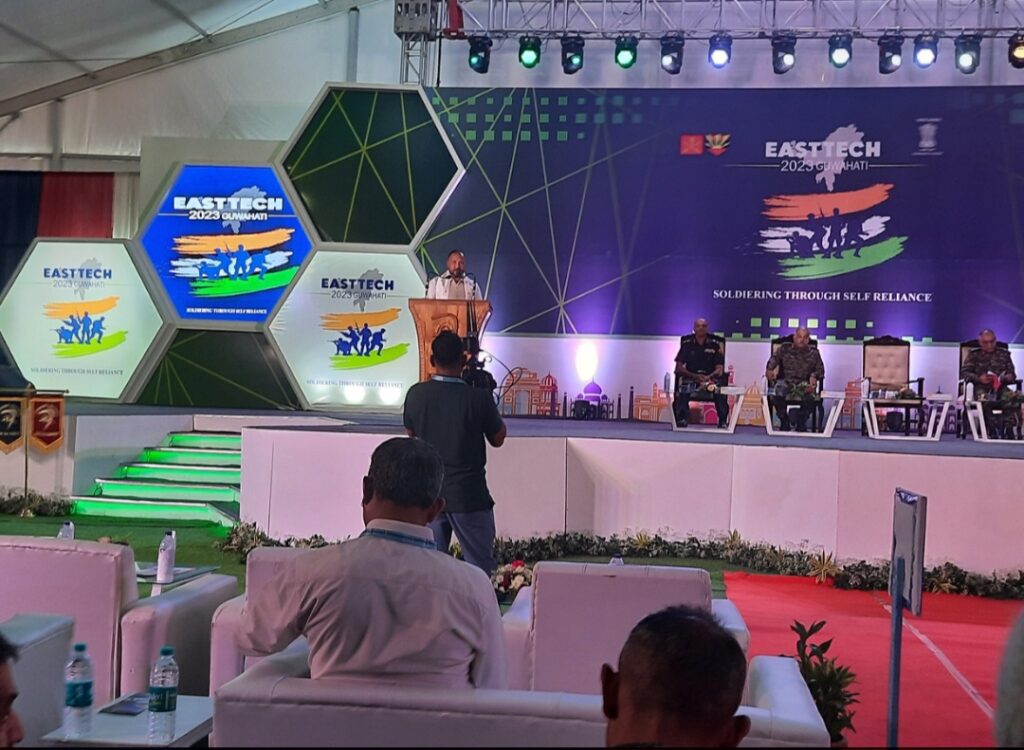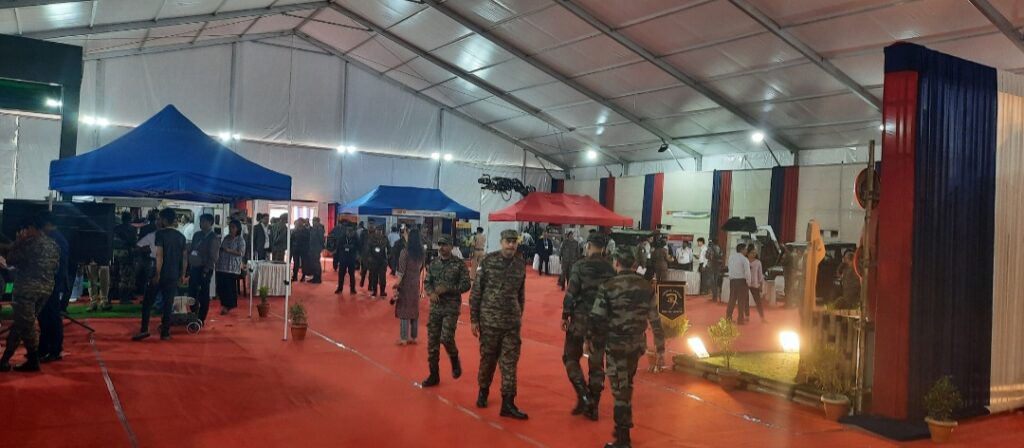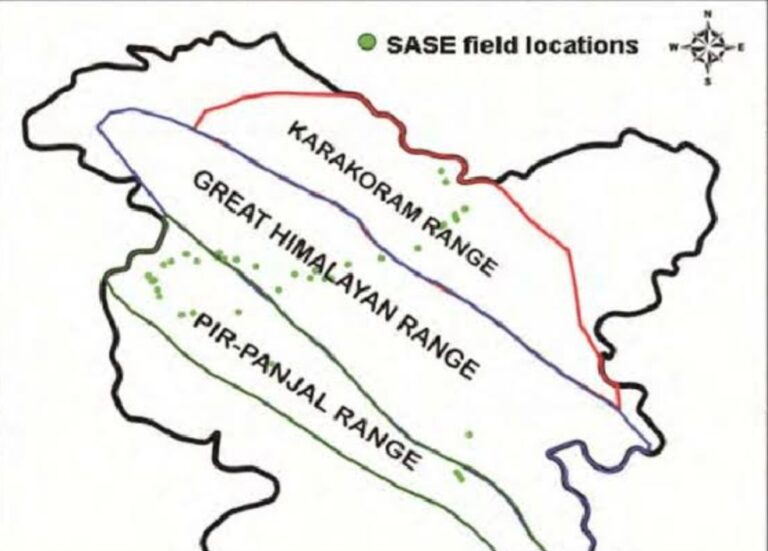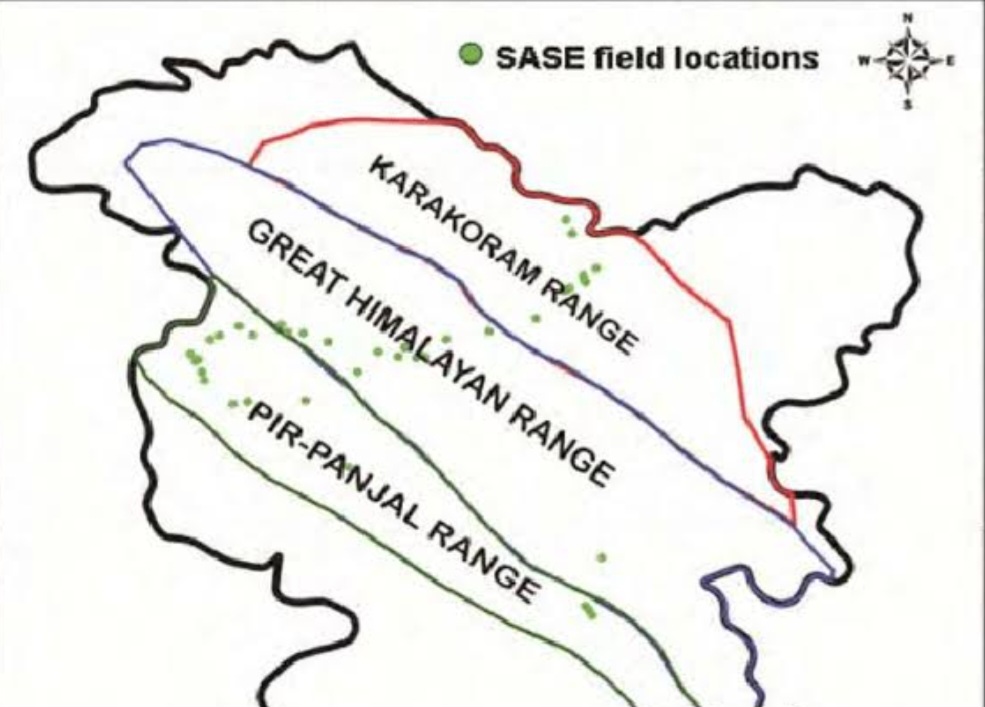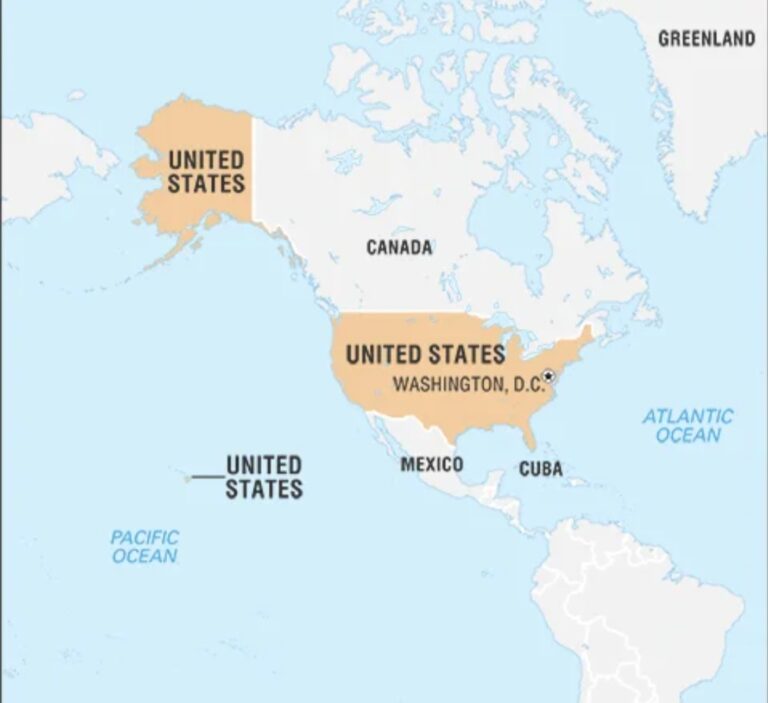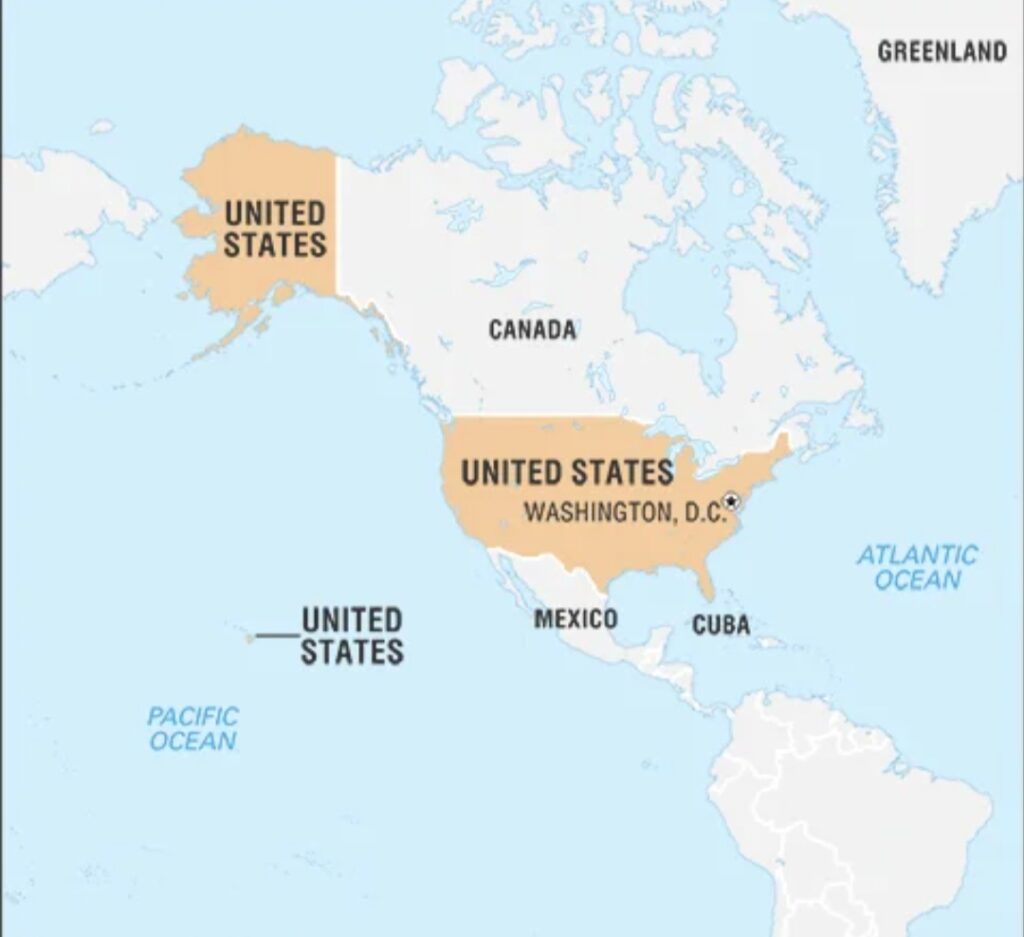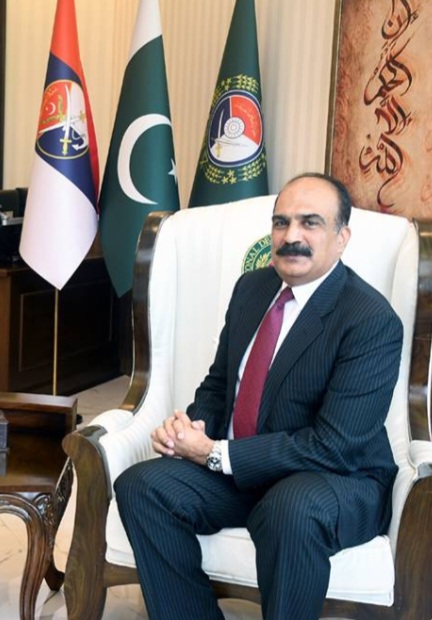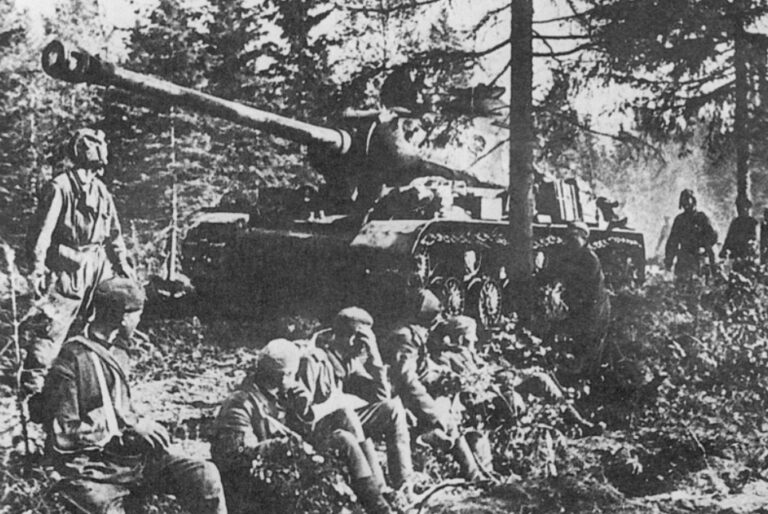By: Kashif Anwar, Research Analyst, GSDN
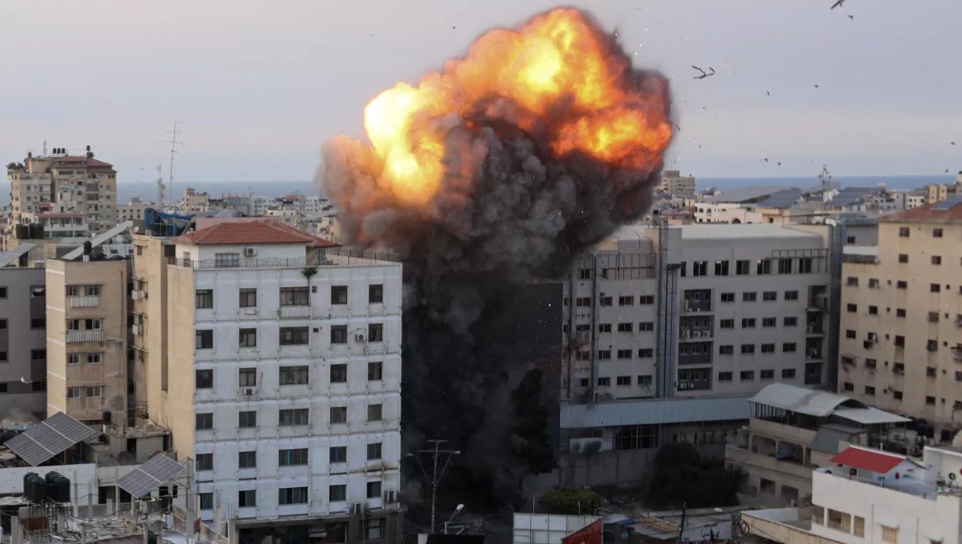
Background
With an era of rapprochement in the Middle East in the form of the Abraham Accords in 2020, the Iran-Saudi Arabia peace deal and the Saudi Arabia-Israel normalisation (which has now been put on ice), a deadly attack by Hamas in Southern Israel, took place 50 years after the Yom Kippur War of 1973, on October 7, 2023, which was code-named Operation Al-Aqsa Flood. This attack and Israel’s subsequent military action in the Gaza Strip, impacted the peace developments in the Middle East and has raised many questions. While Hamas is championed as a freedom fighter group among many Arab countries, the West and Israel view it as a terrorist group.
The ongoing war in the Middle East
To understand the ongoing conflict between Hamas and the Israeli Defence Forces, which resulted from a deadly attack by the Hamas group in Southern Israel on October 7, 2023 the attack, though highlighted the effectiveness of Hamas in taking on the Israeli Defence Forces. The attack brought to fore once again the importance of Two-State solution and put the Saudi Arabia-Israel normalisation process on hold. The attack gave the Netanyahu’s government a free hand to organise and proceed with a retaliatory military operation, code-named Operation Swords of Iron, against Hamas which has adversely impacted the innocent civilians residing in the Gaza Strip. The United Nations has questioned and asked Israel to rescind the evacuation of 1 million people from North Gaza, considering its impact on the people who will be pushed to migrate to the Sinai peninsula, a movement opposed by Egypt.
Considering the history of conflict between Israel and Palestine, the trauma of Nakba Day and the assassination of the Israeli Prime Minister Yitzhak Rabin by Yigal Amir, a Jewish Israeli to stop the peace process under the Oslo Accord on November 4, 1995, and clashes over the years has made the peace process and Two-State solution complicated. Since the 1990s, Israel’s policy towards Palestine has changed, and despite differences among various parties, groups and lobbies, from the left wing to peace camp to the right wing in Israel, they all agree with the continuation of occupation of the Palestine territory. Such events make all conflicts and wars in the region unjust and uncalled for, including the ongoing Hamas-Israel war.
Comparing with the Russia-Ukraine Conflict
The Hamas attack of October 07, 2023 in Southern Israel happened 50 years after the Yom Kippur War of 1973. The attack highlighted the ineffectiveness of Israel’s Iron Dome System and the failure of Israel’s intelligence network. With Hamas firing rockets numbering about 5000 by its Izz ad-Din al-Qassam Brigade, it exposed the myth and might of such a weapon system. The attack and intelligence failure have become a point of worry and contention for Israel and many worldwide. As Egypt provided inputs of such an attack three days before to Israel, no actions were taken, highlighting the ignorance and incompliance from Israel’s end. Meanwhile, it also raises serious questions about whether such an attack was allowed to took place to push forward the nationalist sentiment, militarism and fear in Israel. The timing of such attack will subdue the ongoing protest against the Netanyahu government’s attempt to weaken the nation’s judiciary or otherwise it happened because of Israel’s overconfidence, the exact contours of which will be known only in the times ahead.
However, with such an attack, a comparison has begun between the Hamas-Israel war and the Russia-Ukraine conflict. Looking into the actions the Israeli government took in Gaza, Russian President Vladimir Putin has cautioned Israel to stop using Nazi tactics like the siege of Leningrad in Gaza and he sees no difference in Israel’s response to the Hamas attack, which according to the Russian President is unacceptable. On the other hand, the Ukraine President Zelensky sees and compares the Hamas attack on Israel to Russia’s invasion of Ukraine and argues that the world should unite against such aggression. However, a recent standing ovation for a 98-year-old Ukrainian Nazi Yaroslay Hunka, from the SS 14th Waffen Division, following President Zelensky’s speech in the Canadian Parliament, reflects the West’s selectiveness and insensitiveness towards the Jewish community. Considering Russia’s Nazi claims and its presence in Ukraine, the West sees it as a Russian common political ploy to spread fake news. On the other hand, the West’s silence and support of Israel’s military response and official statement to cut off all supplies to Gaza has become a genocidal act, worsening the condition of people, thus projecting the West’s double-standards.
The recent Hamas attack is viewed by the Arab countries as a counter-response to atrocities committed by the Israelis on Palestinians in recent years, which has pushed Russia and the West into a delicate situation. The attack happened at a time when Russia and the West are engaged in a conflict in Ukraine, and the continuation of the Hamas-Israel war will open a new frontier in the West’s geopolitical conflict with Russia, including Iran. Lack of West’s strong critique of Israel’s blockade of Gaza and indiscriminate bombing in the region contradicts the West’s stand when they openly criticised and questioned the Russian army besieging the city of Mariupol, Ukraine. The Russia-Ukraine conflict has become a NATO vs Russia conflict, with money and military aid poured into the conflict to enforce dominance and highlight power. Such a contrast in the West’s response to the Hamas-Israel war highlights their contradiction in its stand to promote peace, prosperity and stability worldwide.
West’s double-standards exposed
In the case of the Palestine-Israel conflict over the rightful owner of the region, fear and trauma of innocent peoples have been played over the decades. Britain hasn’t taken measures of moral responsibility, including symbolic for what they did to the Palestinians to defeat the Ottoman Empire as is given in the ten letters which form part of the McMahon-Hussein Correspondence of 1914-15. Such treatment of Palestinians continued, and the West’s silence and ignorance of the voice of Palestinian statehood is subdued on the social media platform, which impacts the scope and hopes for a two-state. To understand it better, the lack of a strong response and stand from the global leaders of the West on attacks, clashes, interference, and incursion in the Al-Aqsa compound in 2022, by the Israelis has widened the wedge between the Israelis and Palestinians.
A clear distinction is visible in how the West has responded to the Russian invasion of Ukraine and the atrocities committed by Israel in Gaza and the West Bank. When Ukraine’s counter-attack began, the West celebrated such a move to end the Russian invasion. On the other hand, when the Palestinian nationals are doing the same thing over the years against the Israeli occupation, the West strongly condemns such an act. In contrast, it does not mean the crimes committed by Hamas in Israel are right, but such blame games and selective responses have emerged due to the West’s selective responses and move to secure its interest in the Middle East region. As the West, including its powerful media, questioned the Russian ruthlessness in Ukraine, a contrast was seen in their stand and support of Israel’s military response to Hamas Gaza, with innocent civilians facing the major brunt, yet again highlighted the West’s hypocrisy.
Post-Hamas attack, the European Union response, like freezing of aid to Palestine, was viewed as a botched response and faced criticism from Spain, Luxemburg and Ireland, who stated such a decision wasn’t approved by the EU member states. Further, a statement from the EU President Von der Leyen showing sympathy towards Israel and stating Israel has a right to defend itself without highlighting or ensuring that Israel follows the Geneva Convention of 1949 in its military operation in Gaza, has drawn criticism from within the EU. Such a swift response to ensure the rights and safety of Israelis are protected and secured was missing in the case of Palestine over the years, and the West’s measures to stop and withhold any pro-Palestine rally speaks volumes today of West following double standards.
As many developed nations are taking measures to curb pro-Palestinian protests, rallies and marches, like in the case of Australia, police authorities were given a special power ‘stop-and-search’ invoked after two decades to ensure and keep an eye on the pro-Palestinian rally. On the other hand, in France, the government has banned pro-Palestinian rallies in the name of public order, which critics have argued is an attack on freedom of speech and civil liberties as no such restrictions were imposed in the case of events supporting Israel. Such biased responses and double standards from the West are growing visible. As a moment of silence was observed in the EU Parliament, Brussels, on October 11, 2023, for people killed in the Hamas attack IN Israe, the EU leaders failed to mention about Palestinian civilians killed by the Israeli Defence Forces, highlighting the West’s narrow viewpoint. Furthermore, the Netherlands and Germany’s halting of any rally and march in solidarity with the Palestinian cause pushed many civil society and human rights groups across Europe to decry such restrictions and see it as an attack on the freedom of expression and assembly in Europe.
Conclusion
The ongoing Hamas-Israel war can potentially worsen the crisis situation within the European Institutions. The presence of a significant difference in positions on Israel’s military operation in the Gaza Strip, a lack of coordination and conflicting statements by senior officials could make the situation difficult for the EU. It could be amplified by Israel’s non-compliance with the rules of war and international humanitarian law. With the EU and US response to Israel’s action remain mild, the Russia-Ukraine conflict and now the Hamas-Israel war highlight West’s stand and projects their double-standards. With pro-Palestine rallies and protests growing the world over, the voice against Israel’s war crimes in Gaza rising in Israel, the West should ensure the war doesn’t spill over and become a regional war.
The West’s quick response to stand and sympathise with Israel and support its blockade of Gaza, many dissents in Israel, like Gideon Levy, an Israeli senior and respected journalist, argues that such a move highlights that the voice of the Palestinian cause has been forgotten while Israel has gained sympathy. With pro-Palestinian rallies being watched and put under heavy restrictions in the West, the support for the Palestine cause has increased in the Middle East and Global South. The Saudi Arabia-Israel normalisation process has been put on hold, worrying the West about its Middle East project to keep Russia and China away from the region. In such a scenario, the West should instead take a firm stand to ensure Israel complies with the international laws and secures a ceasefire at the earliest to avoid another humanitarian catastrophe.

